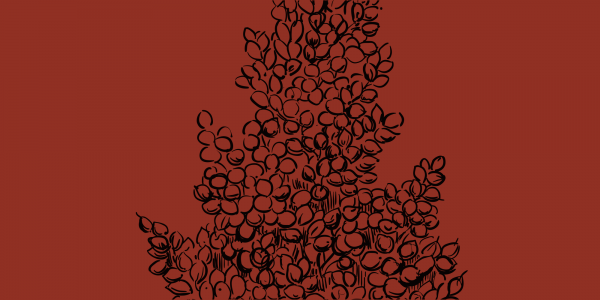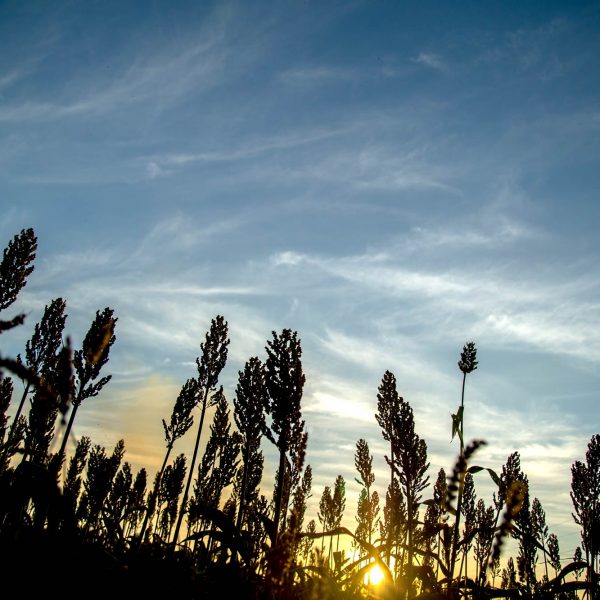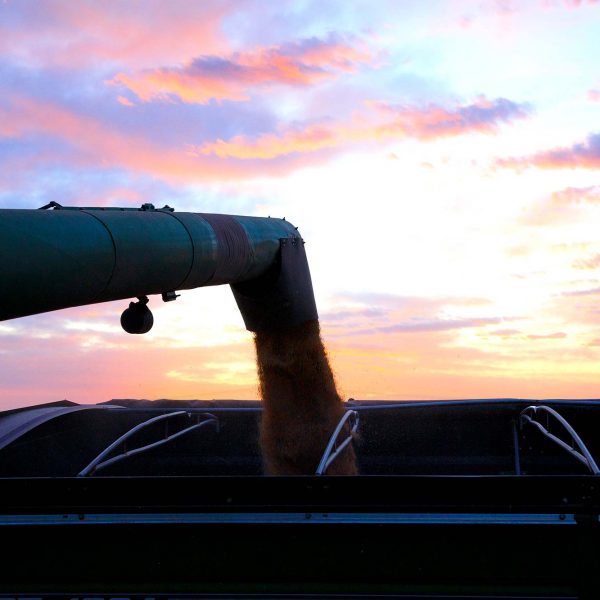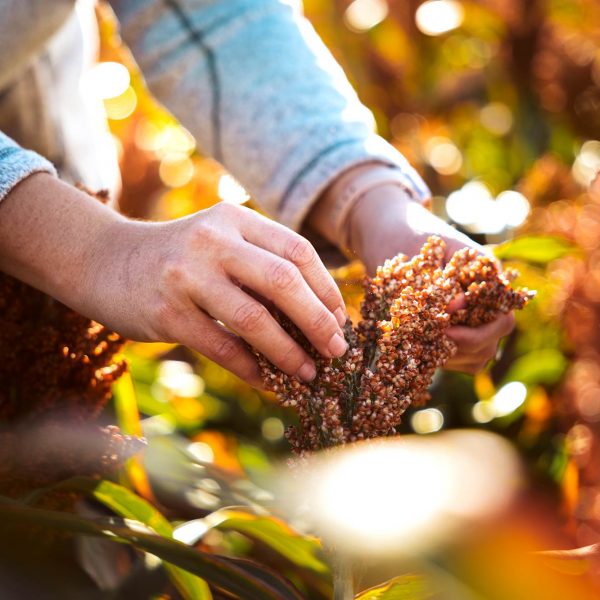
Cost Saving Strategies for Sorghum
Written by Dr. Brent Bean
One of grain sorghum’s strengths is that it typically takes less capital to grow compared to other summer crops. However, with input costs of all commodities expected to go up this coming year, growers should be looking to cut expenses wherever possible. The following is a review of sorghum inputs with comments on where costs can potentially be trimmed.
Profile soil sampling is often stressed at grower meetings but seldom put into practice. I am a strong believer in sampling for deep nitrogen in the soil profile, especially for those fields located in the Great Plains. Every pound of nitrogen in the second and third foot of soil can be credited against the total amount that needs to be applied as fertilizer. Compared to the price of fertilizer, soil sampling is cheap!
Consider applying nitrogen fertilizer in multiple applications rather than applying all of the recommended fertilizer preplant. There are several reasons why this is a good idea, but from a cost standpoint, it allows growers to match the amount of fertilizer applied to later growing conditions that determine potential yield. Consider applying 50% of nitrogen fertilizer preplant and 20% at planting. Assess growing condition at 20 to 30 days after emergence and adjust the remaining amount of fertilizer to be applied accordingly.
Pre-season weed control during the winter and early spring months are critical in any crop. Controlling weed prior to emergence is ideal. The old standby atrazine is still very hard to beat for pre-emergence weed control and should be included in most early pre-plant applications. Weeds are ALWAYS easier to control and less costly when they are small. Scout fields and apply appropriate herbicides early. Use a combination of herbicides, but be selective. There are many new products on the market, some more costly than others. Keep in mind that these are all mixes of old herbicides. Don’t overspend on unproven products. In my opinion, a two or three way mix of some proven post emergence products such as paraquat, dicamba, 2,4-D and fluroxypyr (Starane Ultra, others) will go a long way. Although glyphosate resistance of some broadleaf weeds is widespread, the herbicide should be considered if grassy weeds are present.
Since post herbicide options are limited in sorghum, a good pre-emergent program at, or just after, planting is an absolute must. The most common pretreatment is atrazine combined with either s-metolachlor or acetochlor. Although the effectiveness of s-metolachlor or acetochlor with atrazine may vary slightly depending on the weeds present, their effectiveness is similar enough that the cost of each should be considered. Compare the cost of both name brands and generics, but make sure the concentration and active ingredients are the same. If atrazine cannot be used because of soil type or crop rotation restrictions, consider using Verdict plus Outlook. This is a combination of the active ingredients saflufenacil (Sharpen) and dimethenamid (Outlook).
Once the sorghum has emerged, scout fields early for weed control issues. Similar to preplant weed control, it is much cheaper to control small weeds than large ones.
Seeding rate is generally not the place to try and save on costs. However, growers should not plant a higher seeding rate than is necessary given the yield goal of a particular field. See the Sorghum Seeding Rates link on the USCP Agronomy Insights page for more information.
From an insect control standpoint, scout early and know the economic thresholds for when an insecticide application is needed. In those areas where sugarcane aphids have been an issue, consider planting a little earlier than normal and use a tolerant sugarcane aphid hybrid. This does not guarantee that an insecticide application will not have to be made, but research has clearly shown the value in these practices.
For growers who are irrigating, there are two sorghum growth stages that are most affected by water stress. The first occurs approximately 24 to 30 days after emergence with the initiation of the formation of the sorghum panicle. At this stage, the number of seeds per panicle is determined. The second key stage is at boot –just before heading and flowering. Irrigating at these stages will result in the most return per dollar spent on watering costs.




